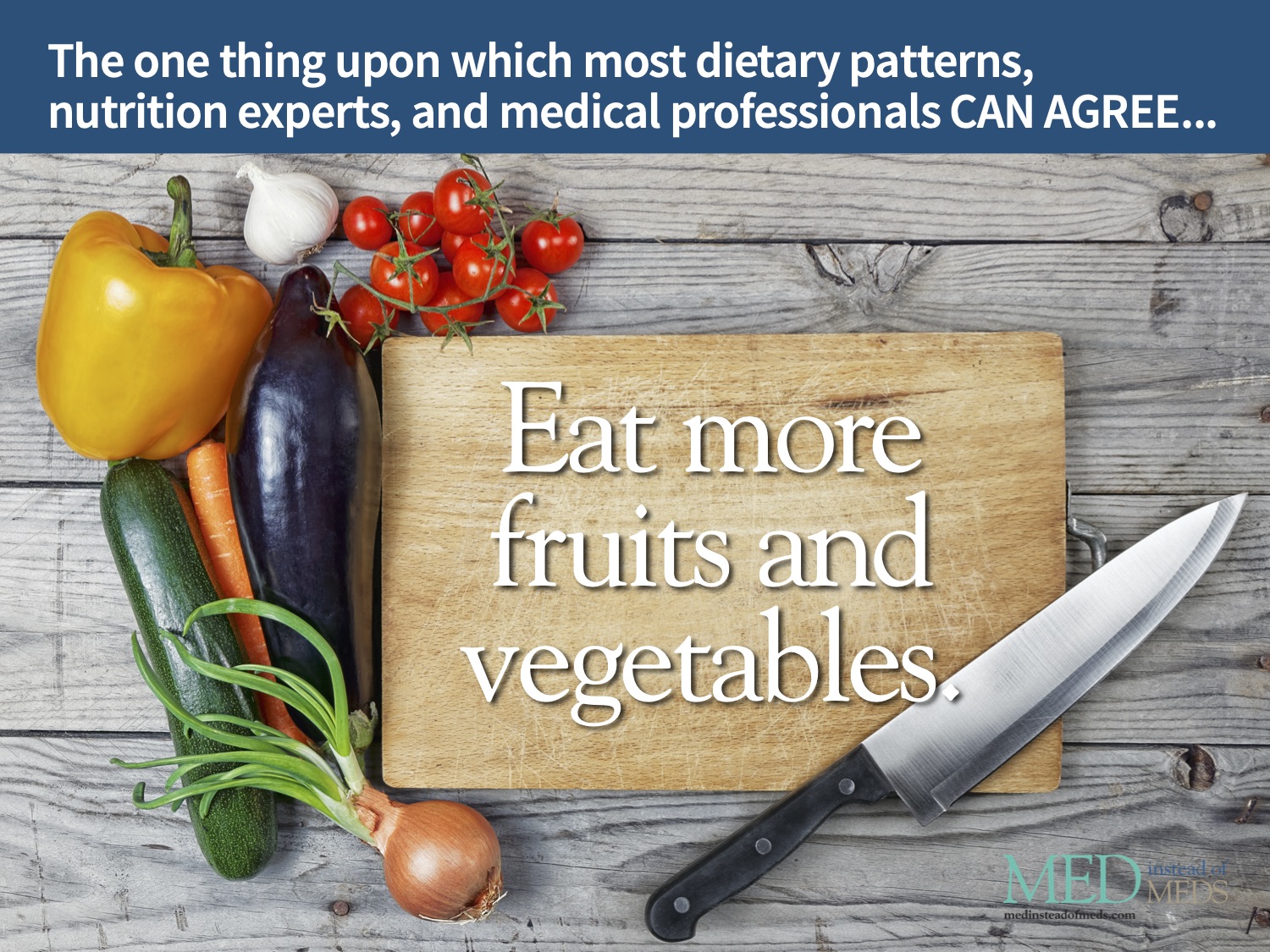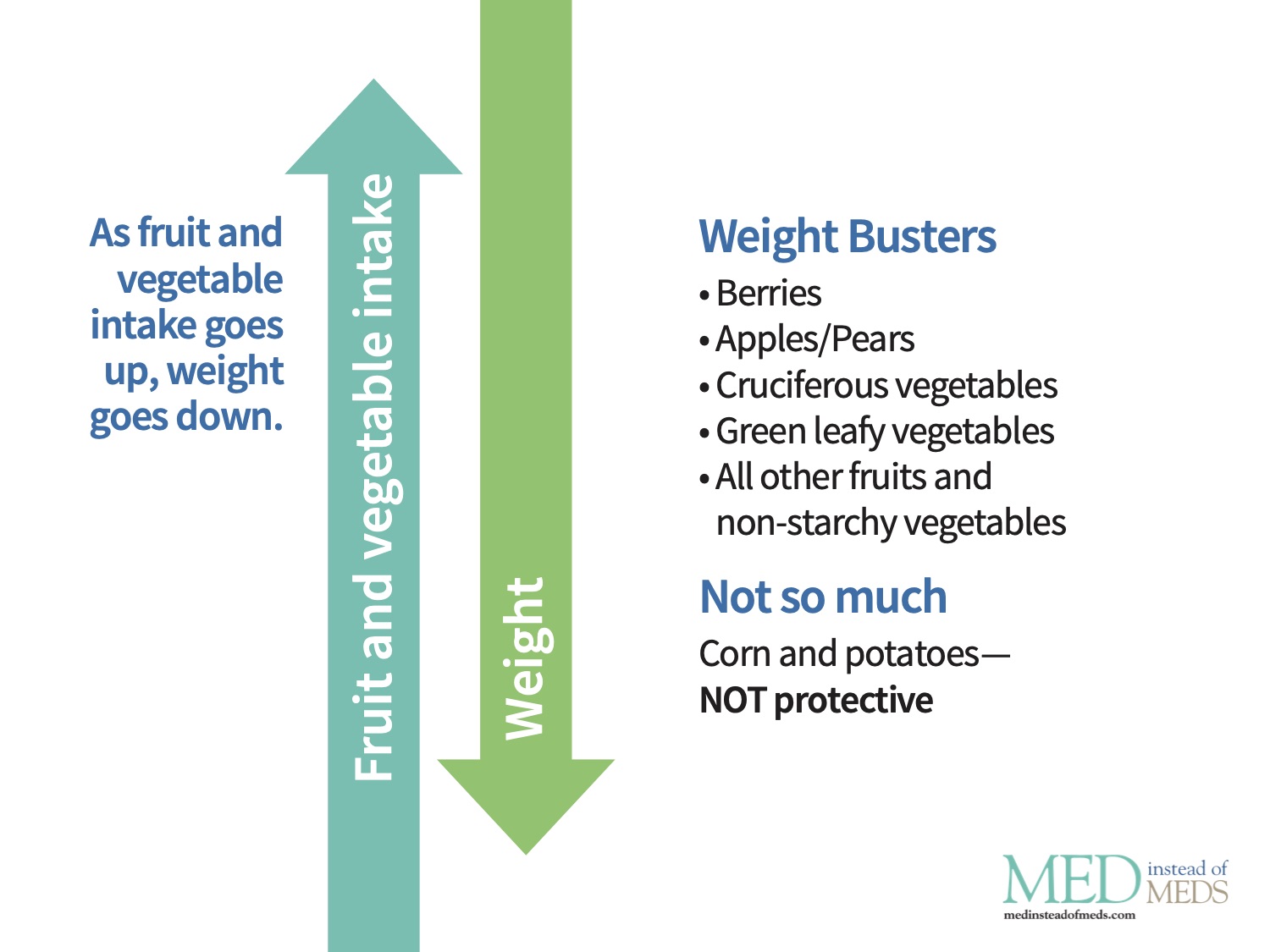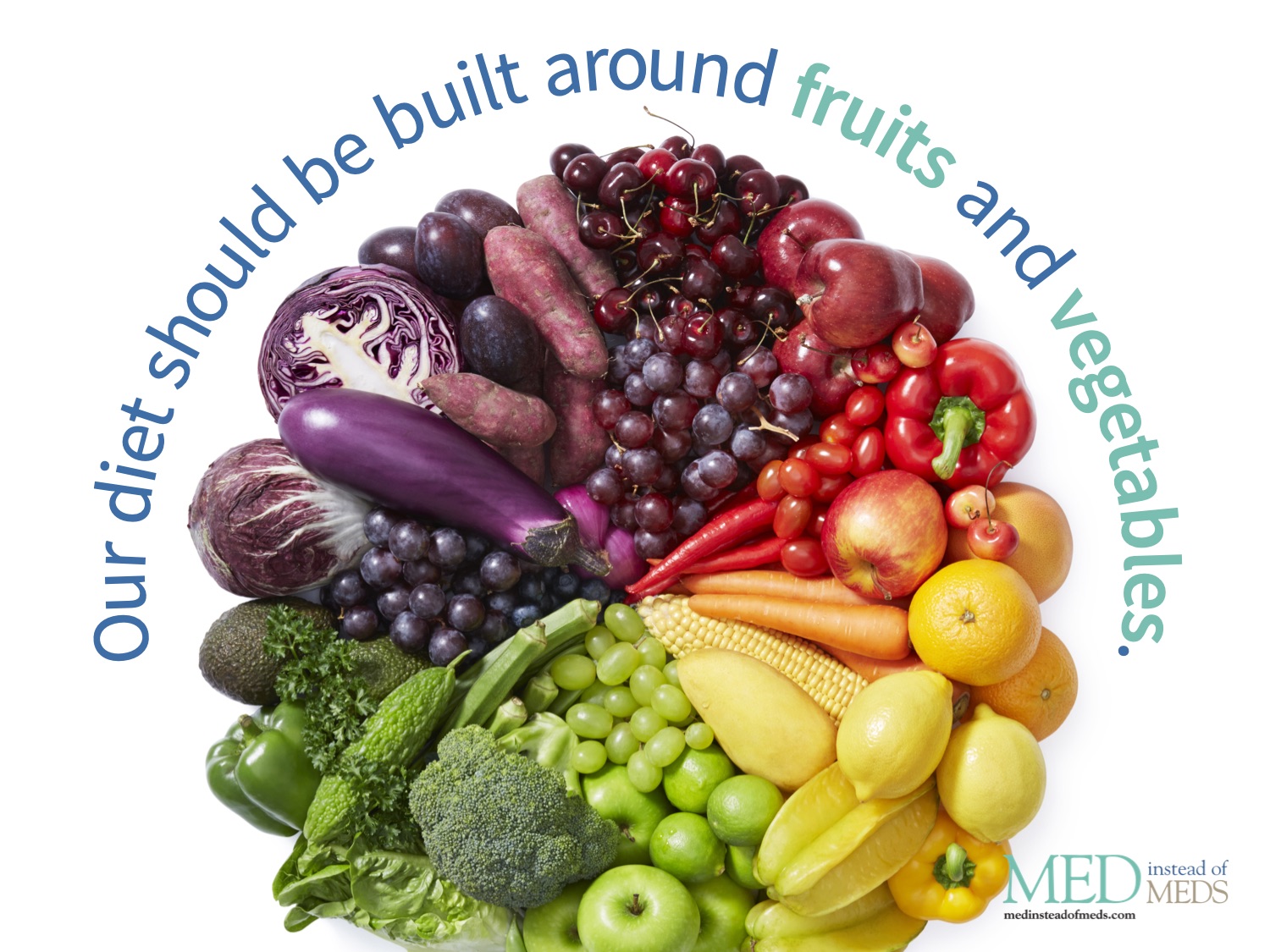Med Month Part 3 – Eat More Fruits and Vegetables
go.ncsu.edu/readext?694726
en Español / em Português
El inglés es el idioma de control de esta página. En la medida en que haya algún conflicto entre la traducción al inglés y la traducción, el inglés prevalece.
Al hacer clic en el enlace de traducción se activa un servicio de traducción gratuito para convertir la página al español. Al igual que con cualquier traducción por Internet, la conversión no es sensible al contexto y puede que no traduzca el texto en su significado original. NC State Extension no garantiza la exactitud del texto traducido. Por favor, tenga en cuenta que algunas aplicaciones y/o servicios pueden no funcionar como se espera cuando se traducen.
Português
Inglês é o idioma de controle desta página. Na medida que haja algum conflito entre o texto original em Inglês e a tradução, o Inglês prevalece.
Ao clicar no link de tradução, um serviço gratuito de tradução será ativado para converter a página para o Português. Como em qualquer tradução pela internet, a conversão não é sensivel ao contexto e pode não ocorrer a tradução para o significado orginal. O serviço de Extensão da Carolina do Norte (NC State Extension) não garante a exatidão do texto traduzido. Por favor, observe que algumas funções ou serviços podem não funcionar como esperado após a tradução.
English
English is the controlling language of this page. To the extent there is any conflict between the English text and the translation, English controls.
Clicking on the translation link activates a free translation service to convert the page to Spanish. As with any Internet translation, the conversion is not context-sensitive and may not translate the text to its original meaning. NC State Extension does not guarantee the accuracy of the translated text. Please note that some applications and/or services may not function as expected when translated.
Collapse ▲Eat More Fruits and Vegetables
May is Med Month and this is the third of five articles where we will discuss what it means to eat the Med Way. The Mediterranean Diet, or the Med Way eating pattern, is the historical eating pattern of those that lived around the Mediterranean Sea but is not necessarily representative of the region’s current population’s eating pattern. In this article, we will look at simple steps 3 – ‘Eat More Vegetables’ and 4 – ‘Eat More Fruits’. Make sure to watch the recipe demonstration video below to see a part 3 recipe, Fruit Chaat.
The Med Way recommends the following for fruit and vegetable consumption
- Eat at least 3 servings of vegetables per day
- 1 serving = 1 cup (2 cups leafy vegetables)
- Choose a variety of colors
- Eat more dark green leafy vegetables such as collards, kale, spinach, and turnip greens
- Eat at least 2 servings of fruits per day
- 1 serving = 1 cup
- Choose a variety of colors
- Include berries such as, blackberries, raspberries, blueberries, and strawberries
There can be a lot of misinformation and confusion about nutrition – especially in the lay press, but even sometimes in the professional literature. However, eating more fruits and vegetables is one thing that most all dietary patterns, nutrition experts, and medical professionals can agree upon. This is because there is so much evidence to support the benefits of a diet heavy in fruits and vegetables.

A recent large study looking at the importance of fruits and vegetables with respect to weight found that:
- As fruit and vegetable intake goes up, weight goes down.
- Items that were found to be associated with a lower weight (i.e. weight busters) were:
- Berries
- Apples and pears
- Cruciferous vegetables
- Green leafy vegetables
- All other fruits and non-starchy vegetables
- The two vegetables that were not found to be protective against a higher weight were corn and potatoes. These starchy vegetables are two of the most popular choices in the United States (potatoes being the #1 vegetable consumed in the United States).
The takeaway – We need to not only consume more fruits and vegetables, but we need to focus our attention away from the starchy choices that are so popular in our country and towards other vegetables that have greater health benefits, such as the weight busters featured on this slide.


We want to make fruits and vegetables cost-effective, convenient, and crave-able! We can do this by:
Cost effective:
- Buying on sale
- Buying in season
- Buy canned or frozen
- Great option! Just avoid butter and cheese sauces in frozen vegetables.
- Plan so there is no waste
Convenient – prep, prep, prep:
- Buy single-serve bags:
- If it fits within your food budget, buying ready-to-eat produce can help to get more fruits and vegetables on to your plate.
- Have fruit washed and ready to go:
- Having fruit washed and ready to eat will make it easier to grab when you need it.
- Leave washed fruit in a bowl on your counter or table so that you remember to grab some when you are hungry or heading out the door.
- Put cut-up / peeled fruits and vegetables in your lunch:
- Packing your lunch with ready-to-eat produce (whether you bought it that way or prepped it yourself) will make you more likely to eat it.
- Pre-prep salad and other vegetables:
- Pre-prepped produce will make eating fruits and vegetables more convenient. You can prep produce in advance yourself, buy items that are already pre-prepped, or do a little bit of both. The key is to find what works for you.
- If pre-prepping produce yourself, recruit a family member to help.
Craveable:


Lastly, one way to increase vegetable consumption is to include vegetables in variations of your family’s favorite meals:




